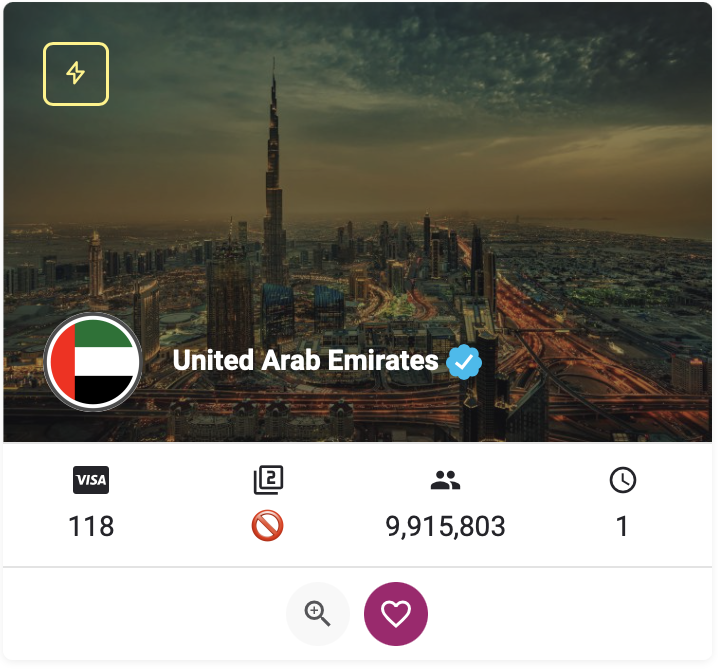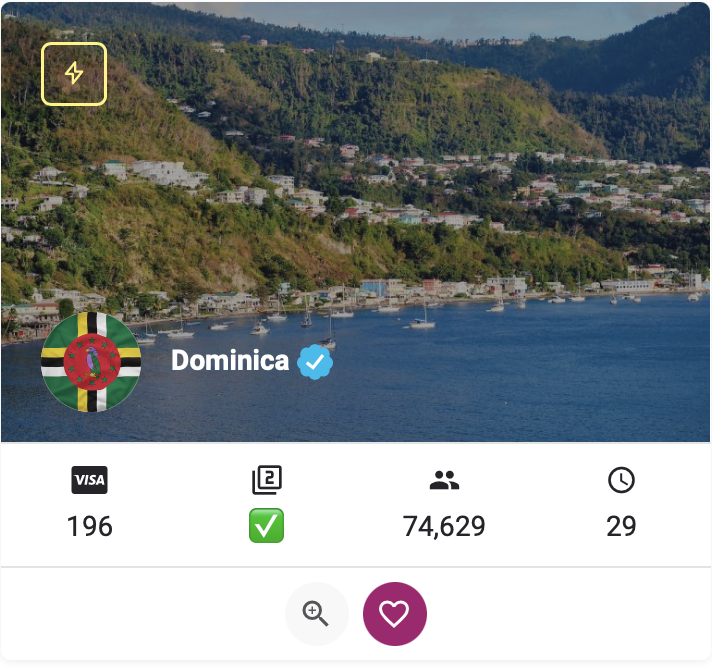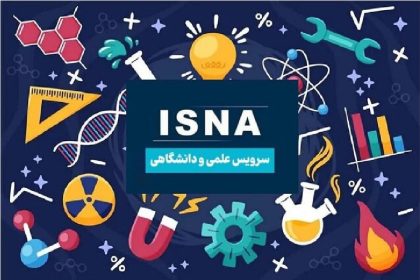Last update: 20 January 1402
list of titles
Let's all once and for all Types of US visas to introduce you. Well, you should know that from the beginning Types of US visas They are divided into two main categories: immigrant visas and non-immigrant visas. The main difference between these two groups of visas is the length of stay included in them. US non-immigrant visas are temporary visas, and upon expiration, their holders must return to their home country immediately. While American immigrant visas (green cards) do not need to be renewed and are permanent. Holders of such visas can live and work in America as long as they want.
Types of US visas > US non-immigrant visas: visitor visas
All applicants for temporary residence in the United States who want to participate in activities such as business negotiations need this type of non-immigrant visa. Of course, applicants from countries that are members of the visa waiver program are exempt from this rule. The types of American visitor visas are as follows: a) B-1: for business visitors and people who want to participate in some conferences and events. b) B-2: for medical treatment, tourism, visiting family and attending non-business events. c) Combination of B-1 and 2B-: for those who want to do a combination of the mentioned activities.
One of the types of American visas for which there is a great demand is the American tourist visa
Types of US visas > US non-immigrant visas: student visas
| F-1 visa: | It is a visa for international students to study in universities, colleges, high schools, private elementary schools, conservatories and some academic institutions in America. If you are accepted in any of the aforementioned institutions, you can apply for an F-1 visa. |
| M-1 visa: | This visa is issued to those who want to participate in professional programs in the United States. |
Table of types of American student visas
Types of American visas > American non-immigrant visas: visas for temporary work applicants (Table 1)
| CW-1 | A temporary permit to work in the United States is from the Northern Mariana Islands. |
| H1B | With this visa, companies can hire people who have university degrees relevant to certain jobs. For this reason, this visa is also known as a personal visa in specialized jobs. |
| H1B1 | In 2004, the US government joined the free trade agreement with Chile and Singapore (FTA). According to this agreement, citizens of Chile and Singapore with this visa are eligible to apply for employment in the United States. |
| H1C | H1C is a type of nonimmigrant visa for foreign nurses who want to enter the United States. |
| H2A | This visa applies to workers who work temporarily or seasonally in agricultural jobs. Seasonal workers are those who farm only for a certain period of the year. |
| H2B | This visa is a type of work permit for temporary workers in fields other than agriculture. The US government allows employers to fill their temporary needs by hiring foreign workers. Provided, of course, that the workers they need cannot be found in the United States itself. |
| H3 | This visa is for those foreign nationals who plan to travel to America for training courses. |
| L-1 | The US L1 visa is a temporary work permit for the temporary transfer of people within a company. This visa is issued to those who work in managerial positions or have specialized knowledge. |
| O-1 | The U.S. O1 visa is designed for those with exceptional ability in science, art, education, business, athletics, the television or film industry. |
| O-2 | This visa is issued to people accompanying O-1 visa holders. |
Table No. 1 of US non-immigrant visas

Types of American visas > American non-immigrant visas: visas for temporary work applicants (table 2)
| P-1 | This visa is issued to athletes who plan to participate in athletic programs in the United States to enhance their athletic performance. Comedians or showmen can also apply for this visa. |
| P-2 | This visa is for artists and artists coming to the United States under a reciprocal exchange program. The program must be initiated by an organization in the United States or a foreign government agency. |
| P-3 | The P3 visa is for those who coach individuals or groups in a traditional or unique cultural performance. |
| R-1 | A visa for those engaged in religious activity in the United States. This visa is valid for a maximum of 5 years. |
| TN/TD visas | These visas are a type of temporary work permit for Mexican and Canadian citizens who work in NAFTA (North American Free Trade Agreement). |
| E-3 | The E-3 visa is granted to eligible Australian citizens who are employed in specialized occupations. In 2005, the United States and Australia joined a free trade agreement. Under this agreement, 10,500 E-3 visas will be issued annually to Australian citizens through the United States. |
| I visa | This visa is for people who work in foreign media and come to the United States to participate in training courses or professional activities. |
Table number 2 of US non-immigrant visas

P1 visa is one of the types of American visas that athletes use
Types of American visas > American non-immigrant visas: (Table 3)
| Exchange visas | |
| J1 | This visa is for people who intend to participate in exchange programs. Programs designed to enhance the level of scientific research as well as special skills. |
| Q1 | This visa allows individuals to participate in employment, cultural and educational programs organized by employers in the United States. |
| Visas for diplomats and officials | |
| A | A diplomatic visa in the United States granted to politicians, ambassadors, and government officials, as well as their entourage. |
| G | Employees of international organizations need a special visa called G visa to travel to America. Those working for the North Atlantic Treaty Organization (NATO) must obtain a NATO visa instead of a G visa. |
| Transit visas (for passing through the United States on the way to another country) | |
| Coaching Visa | The holder of this visa is allowed to pass through the United States to reach their second destination country. People who have this visa cannot stay in America as tourists. |
| C-1 | It is a visa for ordinary people who want to reach their second destination through the United States. |
| C-2 (UN headquarters transit visa) | Visas for non-Americans coming to UN headquarters in New York, as well as for UN officials transiting through the United States to reach their final destination. |
| C-3 (foreign government transit visa) | Visas for non-government officials transiting the United States to the country of destination in order to carry out their official duties. |
| d | People who work on commercial ships or international airlines need a D visa for temporary stay in the United States. |
| Visa for traders and treaty investors (facilitating the exchange of technology, capital and trade between the United States and some countries) | |
| E-1 | Visas for treaty traders |
| E-2 | Treaty Investor Visa |
Table number 3 of US non-immigrant visas

The E2 visa is one of the US non-immigrant visas for treaty investors
Types of US visas > US non-immigrant visas: visas for victims of human trafficking and crimes
| T visa | This visa is assigned to victims of human trafficking, both children and adults. Visa holders can also apply for a T visa for some of their relatives. Relatives including: 1- Wife. 2- Children with official birth certificate 4- Parents (if the victim is under 21 years old). 5- Unmarried siblings under 18 years of age. |
| U visa | This visa is similar to the T visa, although it has some differences. This permit is issued to victims of criminal activity who have suffered physical or emotional harm while in the United States. People who can be considered as witnesses to discover criminals. |
Table of visas for victims of human trafficking and crimes
Types of American visas > American non-immigrant visas; Companion visas
Holders of all types of US non-immigrant visas can bring their unmarried spouses and children to the United States through the following visas.
| CW2 | This visa is defined for dependents of CNMI workers only. |
| F2 | Those who come to America with an F-1 visa to study can also bring their family to this country under this visa. |
| H4 | H4 visa is reserved for the spouse and children of H visa holders. |
| J2 | Consular officers issue J2 nonimmigrant visas to dependents of exchange visitors (J1 visa holders). |
| M2 | This American visa is issued to the spouse and children of people who have an M1 visa. So if your spouse or parents have an M1 visa, you are also eligible for an M2 visa. |
| L2 | If your spouse or parents have an L1 visa due to an inter-company transfer, you can join them by obtaining an L2 visa. |
| O3 | O-3 visas are issued to dependents of individuals holding O-1 visas. |
| P4 | Individuals holding a P1, P2, or P3 visa are eligible to bring their dependents to the United States under a P4 visa. |
| R2 | Spouse and children of R1 visa holders can accompany them by receiving R2 visa. |
| V visa | If you have a green card and your family members have applied for immigrant visas, you can bring them to the United States under a V visa. |
Table of United States accompanying (dependent) visas

Among the types of American visas, accompanying visas are also very popular
Types of US visas > US non-immigrant visas: engagement visas
| engagement visas (these visas are not among the family visas, but are among the non-immigrant visas) |
| This visa is issued to people who are engaged to an American citizen. |
| K-2 visas are granted to unmarried children under the age of 21 of individuals who hold K-1 visas. |
| This visa is designed to reduce the time couples are away from each other while waiting for their application to be approved. |
| This visa is granted to unmarried children under the age of 21 of individuals who hold a K-3 visa. |
US engagement visa table
US Immigrant Visas > Family Based Visas
Family-based visas are the first category of American immigrant visas. To apply for such visas, applicants must be financially supported by one of their family members. A person who is a citizen of the United States or at least a legal permanent resident of this country. Family-based immigrant visas are divided into three main subgroups:
| Specific family visas for immediate relatives | |
| IR1 | This visa is issued to the spouse of a person who is an American citizen. With this visa, you can get a green card for this person's spouse. |
| IR2 | This visa is for unmarried children under the age of 21 of legal US citizens. |
| IR3 | This visa is granted to those citizens of the United States who intend to adopt a child from another country. |
| IR4 | This type of family-based immigrant visa is similar to the previous visa, but has some differences. In this type of visa, the adoption process of the child is done in the United States itself and not in the child's home country. |
| IR5 | This visa is for parents of people who live in the United States as citizens. |
Family-based visa for second priority relatives | |
| F-1 | This family-based immigrant visa is for unmarried sons and daughters of US citizens and minor children of such citizens. |
| F-2 | This visa is for spouses and children of legal permanent residents and is divided into two types, F-2A and F-2B. |
| F-3 | It is a visa for married children of US citizens and their families (spouses and minor children). |
| F-4 | This family-based immigrant visa is for siblings of US citizens and their families (including spouses and minor children). |
United States family visa table

F3 family visa is one of the American immigration visas
Work-based immigrant visa
People who are permanently looking to work or live in the United States apply for this type of American immigrant visa. The types of work immigrant visas are:
| Eb-1 | This visa provides an opportunity for applicants to achieve academic advancement and advanced training. Holders of this visa can apply for US citizenship after a certain period. |
| Eb-2 | Having this type of employment-based immigrant visa means permission to work permanently in the United States. |
| Eb-3 and EW-3 | To receive these two similar types of visa, applicants must have a job offer and meet the requirements for that job. |
| Eb-4 | This visa is issued to a wide range of workers in different fields. These workers will be eligible to receive this visa if they can find a permanent job position suitable for their expertise. |
| Eb-5 is the last type of work visa for foreign investors. This visa has five different types. | |
| C5 | For those who create job opportunities outside the target areas. |
| T5 | For those who create job opportunities in areas with high unemployment. |
| R5 | For those who have participated in the pilot program of the investor, but are not in the target areas. |
Table of American immigrant and work-based visas
Permanent residence in the United States with a green card lottery (diversity visa)
in between Types of US visas Diversity visa also has many supporters for immigrating to America. The Diversity Visa Program is better known as the Green Card Lottery. This program allows nationals of countries with low immigration rates to apply for residency in the United States.
US resident return visa (SB)
This is also another one Types of US visas It is for those who have an immigrant visa or green card. These individuals will be eligible for a returning resident visa if they temporarily travel to another country but are unable to return to the United States for reasons beyond their control.
final word
Immigrating to America is a great opportunity for any person. To receive more information and advice for immigration, contact Dr. Mehrayin Mokhbari's Immigration Institute.
Frequently asked questions about US visas
1- What happens if we fail to get a visa to enter the United States?
USCIS or the US Embassy may deny your visa application for a number of reasons. For example, you may be disqualified or have a criminal record. All of these will prevent you from getting a visa to enter the United States. In any case, if your visa application is rejected, you have two choices; You can file an appeal with USCIS or file an application for a new visa. In general, it is recommended that you apply for a re-visa rather than appeal.
2- What should we do when the US visa expires?
If your visa expires, you can renew your visa in almost the same way as when you first applied for it. All US visas have an issuance date and an expiration date printed on the passport. It is necessary to renew the visa only if the expiration date has passed. Otherwise, there will be no need to renew.
3- What should we do if we have lost our American visa?
Regardless of which of the Types of US visas it is recommended to make a copy of it. Make copies not only of the visa but also of your passport and its biographical page and the paper entry and exit form (I-94). In this case, if you lose your documents or they are stolen from you during your stay in the United States, your work will be started with the copies of the documents. Of course, as soon as you know about the matter, call the police immediately. When doing this, note the names of the police officers you reported to, as well as the police report number. In addition, inform the embassy of your home country about the incident.
4- What are the consequences if we stay in America for a longer time than the time allowed by the visa?
Regardless of which of the Types of US visas If you stay in this country longer than the specified period of the visa, you may be deported. Also, your visa may not be approved for the next time due to your bad record and you may not be able to travel to America.
RCO NEWS
















